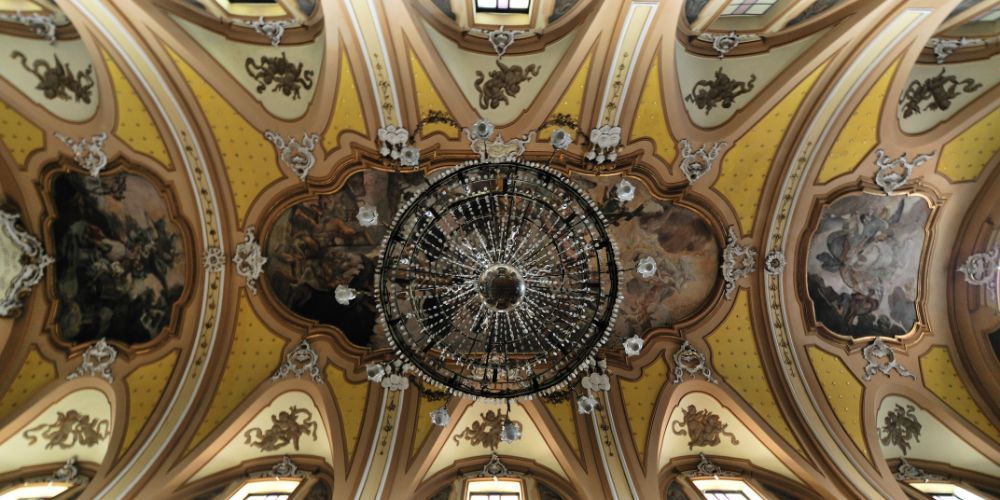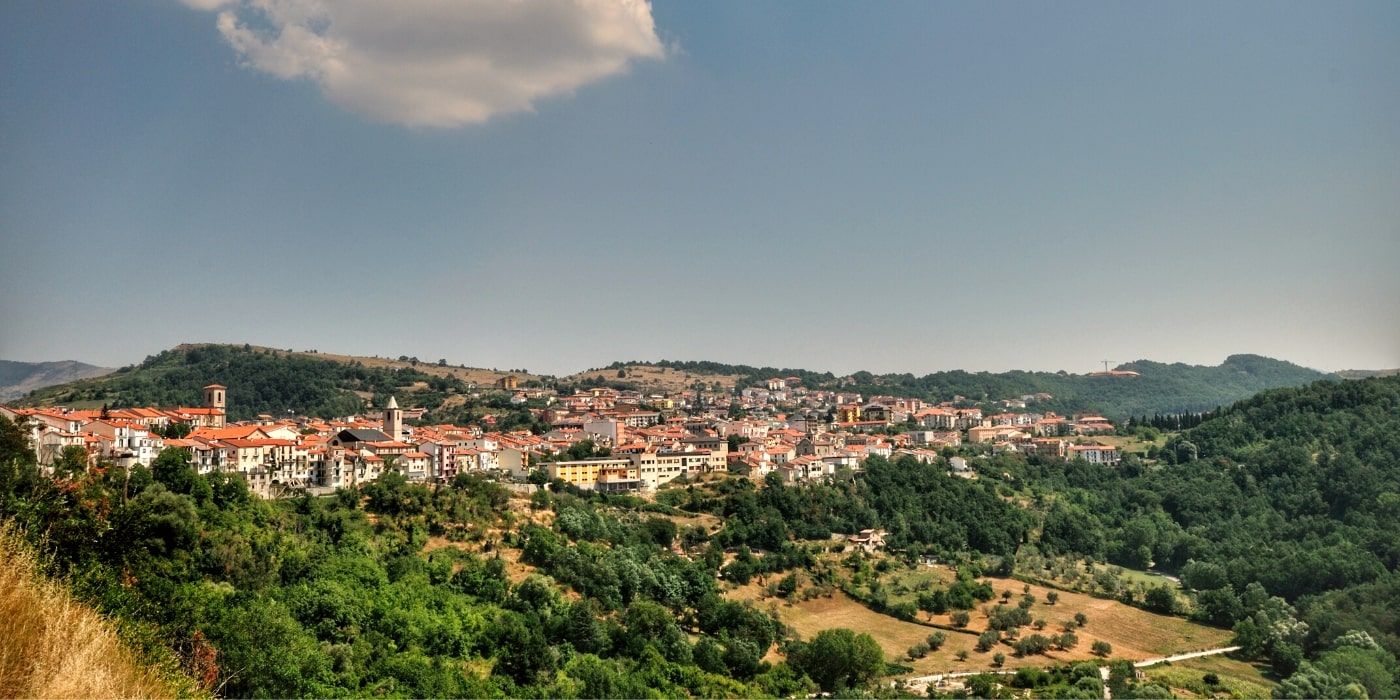Sannita heart and about five thousand inhabitants, a very rich food and wine tradition, plus a high-level craftsmanship, and even an unsuspected link with the far away city of Venice. Not to mention the beautiful surrounding landscapes.
This corner of Molise, Agnone, has many beautiful stories to tell, but one in particular has fascinated its visitors for some centuries, now. It is the tradition of bell making, which in Agnone still follows artisanal methods.
Let's get to know up close the village that managed to conquer even the Popes' attention.

Agnone, the historical center and the venetian district

Before going to discover Agnone bell making tadition, it is certainly worth taking a walk through the charming and peaceful historic centre.
The heart of Agnone is Piazza Plebiscito, with the Carrara marble fountain and the Governor's Palace. Equally important, however, are two of the thirteen churches to be found in the village. The first is Sant'Antonio Abbate, a wonderful, perfectly preserved Baroque jewel. The second is that of St. Peter the Apostle, around which revolves the tradition of the Agnonese Christmas, which here begins on November 21st. This is due to the copper craftsmen, who, forced to travel for long periods, asked the parish priest of this church to play the Christmas Pastoral on November 21st indeed, for the feast of the Madonna delle Grazie, instead of on December 24th.
However, Agnone is also known for its Venetian district. But how a suburb of Venice can be found so far from the Serenissima? The existence of so many typical architectures of Venice is due to the Count of Pietrabbondante, mercenary captain in the service of Venice, who owned the feud of which Agnone was part and who moved there in 1139, thus bringing craftsmen, stonemasons, goldsmiths and etc. Even the church in the neighborhood is dedicated to San Marco, the patron saint of Venice.
Agnone bell making, a thousand years old technique
The history of Agnone and its bells has an uncertain origin, but metalworking here is certainly an art that has existed for thousands of years. The first Agnonese bell of which we have news dates back to ten centuries ago, and is kept in the museum of the Pontifical Marinelli Foundry.
Over time there have been many craftsmen who have carried on this art, but it is indeed the Marinelli family who is still active in Agnone today and who have basically never stopped working.
Through twenty-seven generations the craftsmen have been able to pass on a technique that has remained pretty much unchanged, making the Marinelli foundry also the oldest in the world.
Its bells are unique, literally. In fact, to produce them, it is necessary to build a brick and cement mold in which the molten bronze is poured. To extract the bell the mold must be destroyed, so it is impossible to make two identical bells.
Agnone bell making: and art that conquered the world
Simple and plain or finely decorated, small or huge, the quality of bells of Agnone is always recognized in Italy and in the world. Some illustrious bells originate from here, such as the one of the Buenos Aires Cathedral, the one made for the Jubilee of 2000 or the bell of the Sanctuary of Montecassino. And there are many more.
Furthermore, since 1924, the Marinelli foundry has received an important recognition, namely the permission of using the papal coat of arms, at the behest of Pope Pius IX. In the following decades, even the popes who came later succumbed to the charm of this place and to the mastery of its artisans, so they came to visit the Agnone's foundry.
In the museum adjacent to the foundry there are several testimonies of these illustrious guests, together with many interesting finds thanks to which you will be able to discover more about this fascinating craft.
The tolling of the bells, at sunset, merge with the feelings of those who listen to them.
About the author
Written on 04/07/2023



Paola Cirino
In the village of Agnone, bell-making is an ancient art that's still practiced. Let's find out what makes this borough and its artisans truly unique.